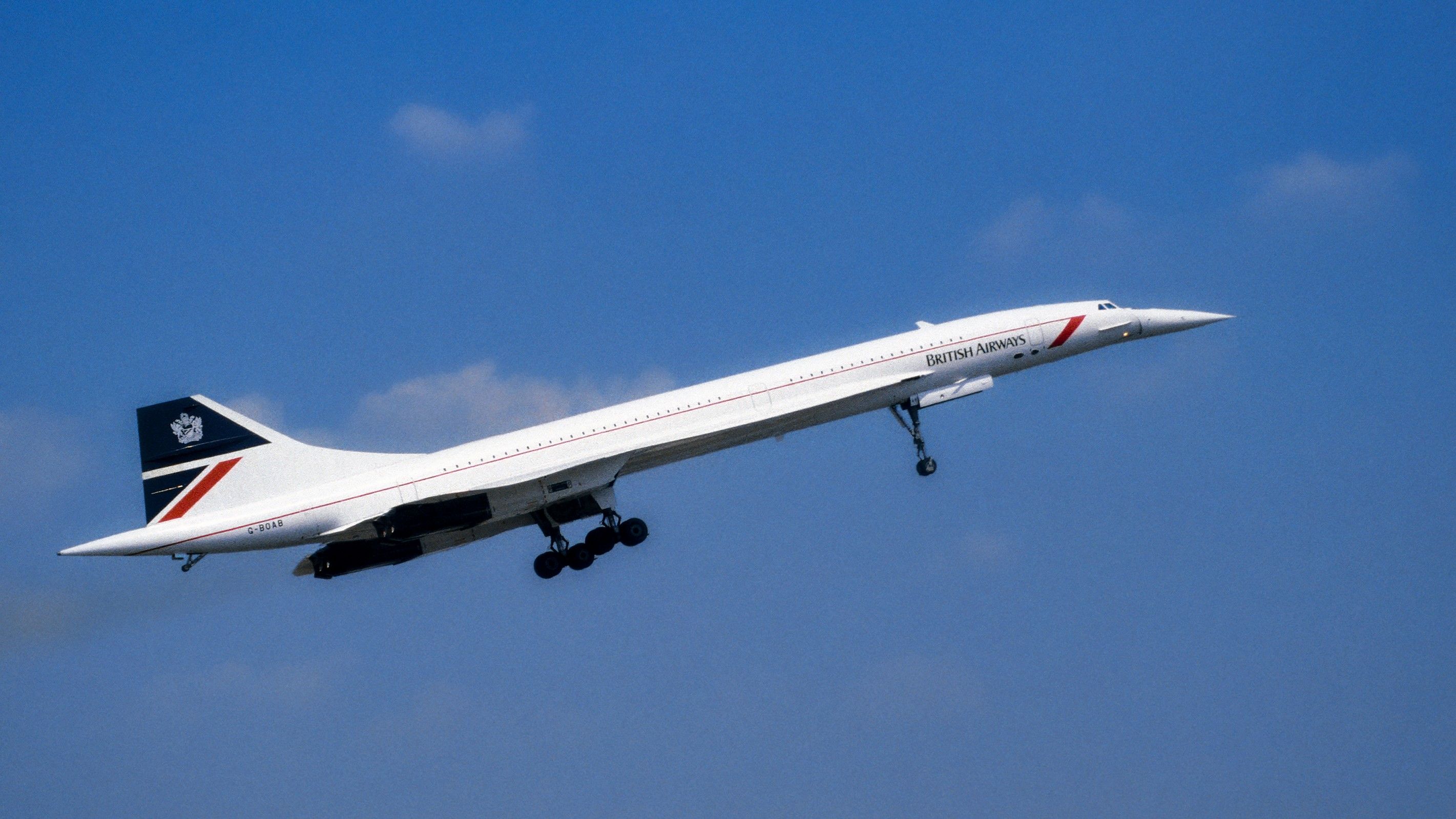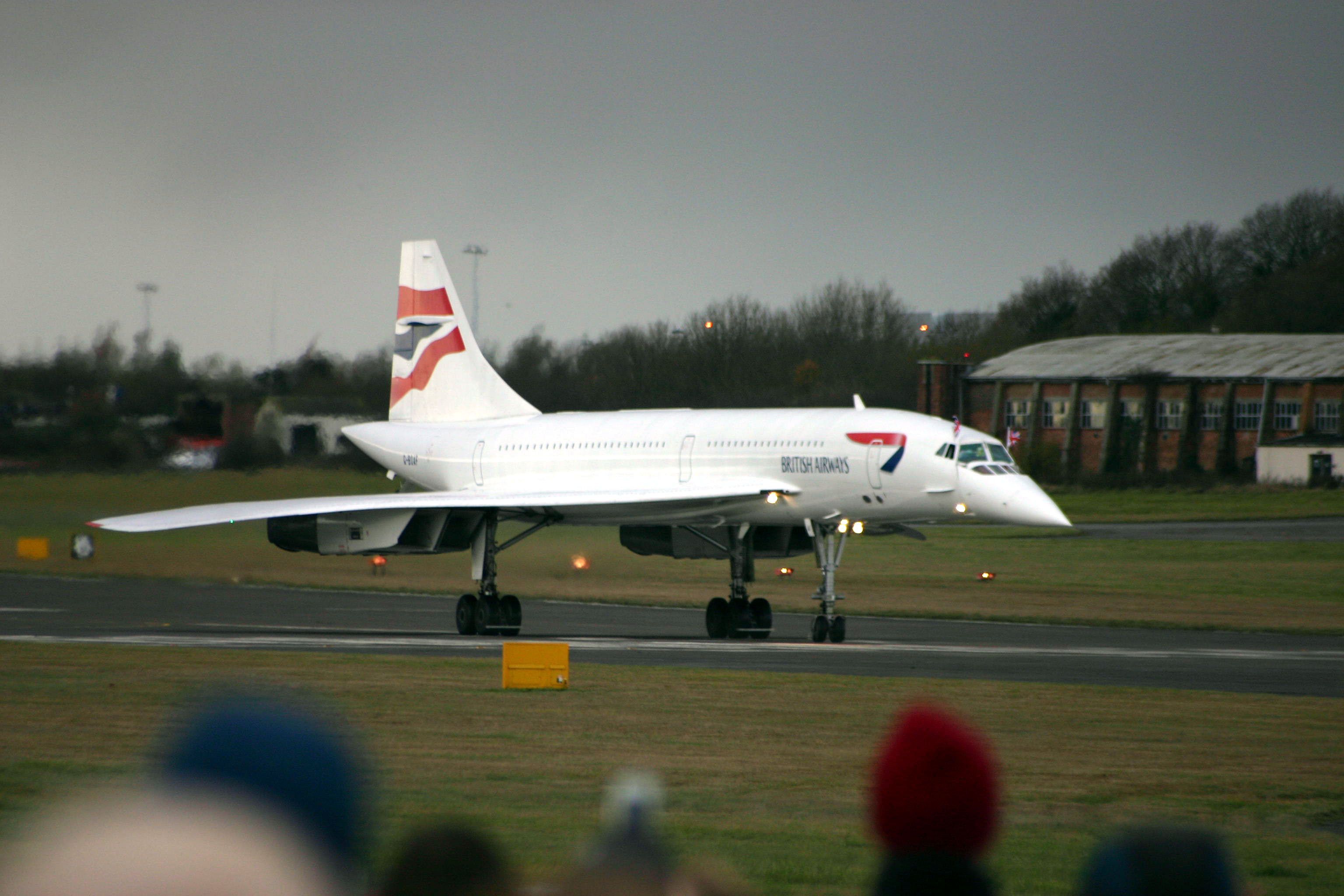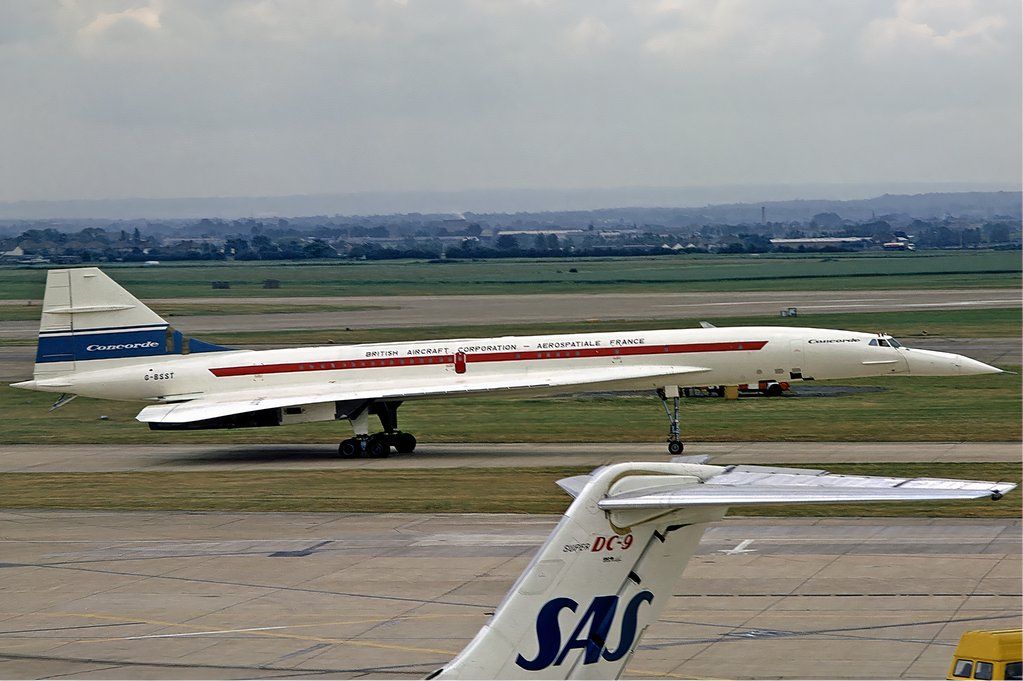World
40 Years On: When Concorde Flew Golfers To Scotland

Summary
- Saturday, July 20, will mark 40 years since Concorde’s first landing at RAF Leuchars
- Thousands of onlookers lined the streets to catch a glimpse of the iconic aircraft
- Passengers on the journey reported the trip back to London Heathrow took just 43 minutes.
This Saturday, July 20, will celebrate the 40th anniversary of the iconic Concorde aircraft that landed at Royal Air Force Leuchars (RAF Leuchars), transporting American golfers to Fife to compete in the Open at St Andrews. RAF Leuchars, which holds IATA code ADX, is located on the east coast of Scotland and, throughout the Cold War, was the station for many of the RAF fighter aircraft that patrolled northern UK airspace.
While the Concorde had flown many superstars before, it was more the aircraft arriving itself that sparked mass interest for onlookers from near and far, where the roads were gridlocked around the former air base on its arrival. The aircraft had flown over the base before; however, this marked the first time the iconic aircraft had landed.
An exhibition of memorabilia at Cupay Y will commemorate the anniversary of Concorde’s touchdown. Newspaper reports, souvenirs, and historic Concorde material will be on display for the general public to browse and enjoy.
Capturing the imagination of many
Concorde’s arrival in Leuchars sparked a wave of excitement with some winning seats on the return flight to Heathrow, where one passenger, Dave Montgomery, recalled the journey taking just 42 minutes, traveling at Mach .95. He recalls his journey as reported by Fife Today:
“I was working at Leuchars at the time and we knew Concorde was coming in. There was a lot of excitement on the base – people wanted to see it landing, but a lot of people didn’t think Leuchars would be able to accommodate the plane.”With its VIP passengers off to St Andrews, the supersonic plane sat on the runway for five days until its short, ultra quick journey to Heathrow.
“I’m not sure if the plane’s operators knew the golfers were not going back straight away, but it was scheduled to fly on to Heathrow and we were all wondering who’d be on board. They offered seats to local clubs and dignitaries and once club, from Dundee, could not make it so they tannoyed the base offering a chance to fly on Concorde. I put my name in the hat and got a call to say I was going.It was fantastic. A lot of top brass from Leuchars got on board around 6:00pm but someone came up the steps and said if you weren’t flying you had to leave – you could see the disappointment in their faces.”He described Concorde as “unlike any other plane” – “it was narrow and very long, with just two seats on either side. I likened it to a toilet roll at the time!”
“It had an indicator in the cabin which shows how much mach it was doing. You can’t fly over land at Mach-1 because of the sonic boom. I went to the back of the plane and saw no-one was moving, so ran down to the front. There was a big bang – someone said that was me doing Mach-1!”
Thousands of people took photos on the ground around the base during the extraordinary journey, and the cabin crew onboard the flight back to London had just enough time to hand out souvenirs before descending into the British capital. Montgomery even noted that the aircraft took longer to taxi at Heathrow than the journey from Leuchars.
An iconic aircraft
The Concorde was developed by the UK and France, with four Rolls-Royce turbojets powered by the uniquely shaped aircraft that, at its supercruise speed, would reach Mach 2.04, or 1,350 miles per hour. It was famous for its sonic boom and transportation across the Atlantic Ocean. Entering service in 1976, the aircraft was famous on routes such as London to New York. However, all aircraft were retired by 2003, three years after a fatal crash in 2000, where 109 passengers were killed shortly after take off.
Developed by the British Aircraft Corporation Sud Aviation (more commonly known today as Aérospatiale), it was first studied in 1954, with both the UK and France signing a treaty establishing the project in November 1962. The cost of development was estimated at GB £70 million ($90.8 million) at the time, or GB £1.39 billion ($1.80 billion) today. However, costs spiraled throughout its production and eventually cost around GB £9.44 billion ($13.20 billion) in today’s money.
Six prototypes began production in 1965, and the first flight departed Toulouse on March 2, 1969. Market interest saw the manufacturer predict 350 orders; however, 100 were taken up from many major airlines. The Concorde then received its French Certificate of Airworthiness on October 9, 1975, before the UK CAA on December 5, later that year.
Its ogival delta wing and droop nose were added to provide landing visibility and had a variable engine air intake ramp, that was controlled by digital computers. The Concorde was mainly aluminum for weight-saving performance, using a high-temperature alloy developed explicitly for aero-engine pistons. This gave the aircraft a low weight and allowed conventional manufacturing.
The narrow fuselage permitted four abreast seating for those onboard, which could accommodate between 92 and 128 passengers. The aircraft was the first airliner to have analog fly-by-wire flight controls; it could reach an altitude of 60,000 feet (or 18.3 kilometers) into the sky.

Related
Could A Preserved Concorde Ever Return To The Skies?
While it is theoretically possible for the Concorde to fly, the costs and other challenges make it very unlikely.



